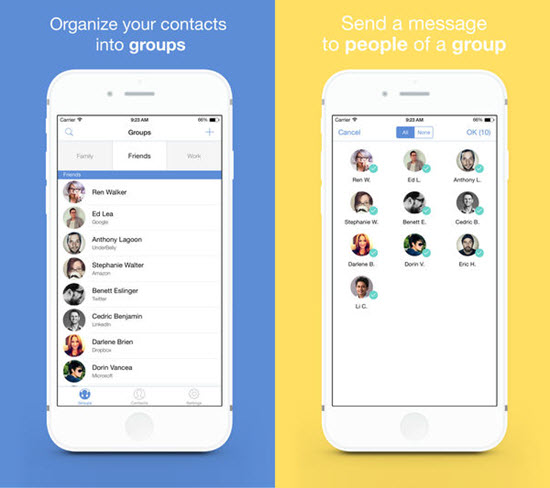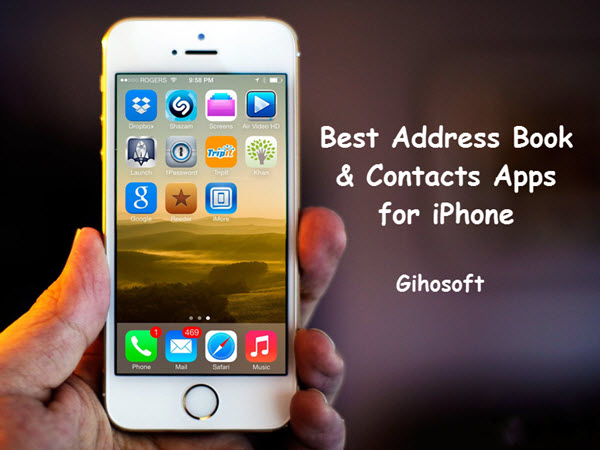

The user can switch between modes with a control in the upper-left portion of the window under the close box.

Imports cards from LDIF, tab-delimited, and comma-separated files.

Exports and imports cards in vCard 3.0 format.With OS X Yosemite (2014) the OS X Contacts app switched along with the rest of the operating system to the iOS 7-style UI. In 2013 iOS Contacts switched to the new UI along with the whole of iOS 7, while with OS X Mavericks the skeumorphic design was removed leaving a basic UI. The following year, both versions of Contacts switched with their parent operating systems to a more flat design style, a change attributed to Forstall's departure from Apple in the autumn of 2012. In 2012 with OS X Mountain Lion it returned to a three-pane design and changed names to match iOS. OS X Lion (2011) featured a redesigned Address Book application in the style of the iPad Contacts app, also in a two-pane design. In 2010, the iPad with iOS 3.2 introduced a new two-pane contacts app, featuring the skeuomorphic design style popular with Apple around this time under the leadership of Scott Forstall. The iPhone also included contacts storage from its release, which starting from iPhone OS 2 (2008) was also broken out into a standalone application.
#Best address book for mac and iphone for mac os x#
Address Book was rewritten for Mac OS X Jaguar (2002) and as of 2020 has remained in roughly the same form ever since. An application known as Address Book was included with Mac OS X from its release in 2001 and in preceding beta versions.


 0 kommentar(er)
0 kommentar(er)
